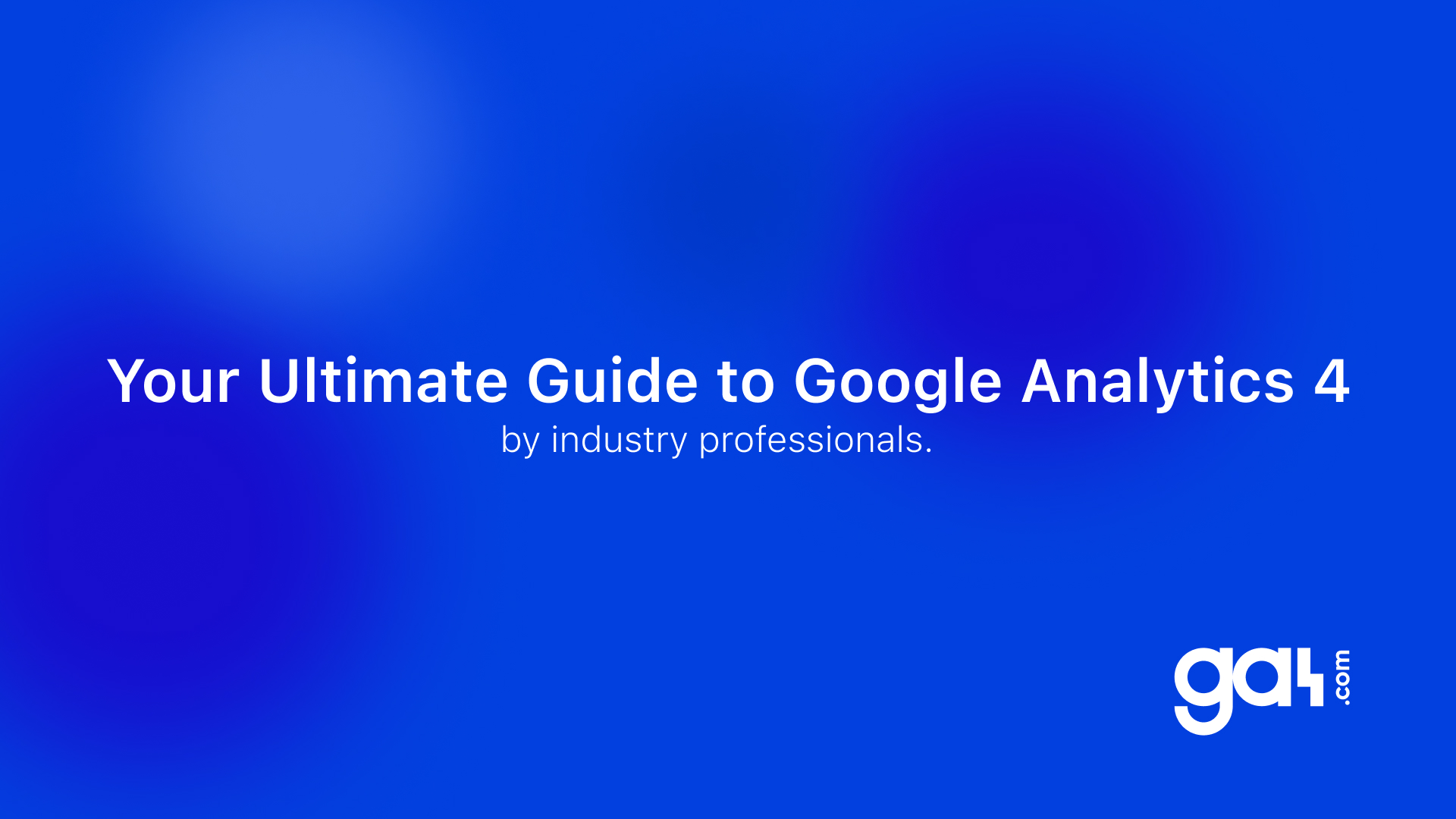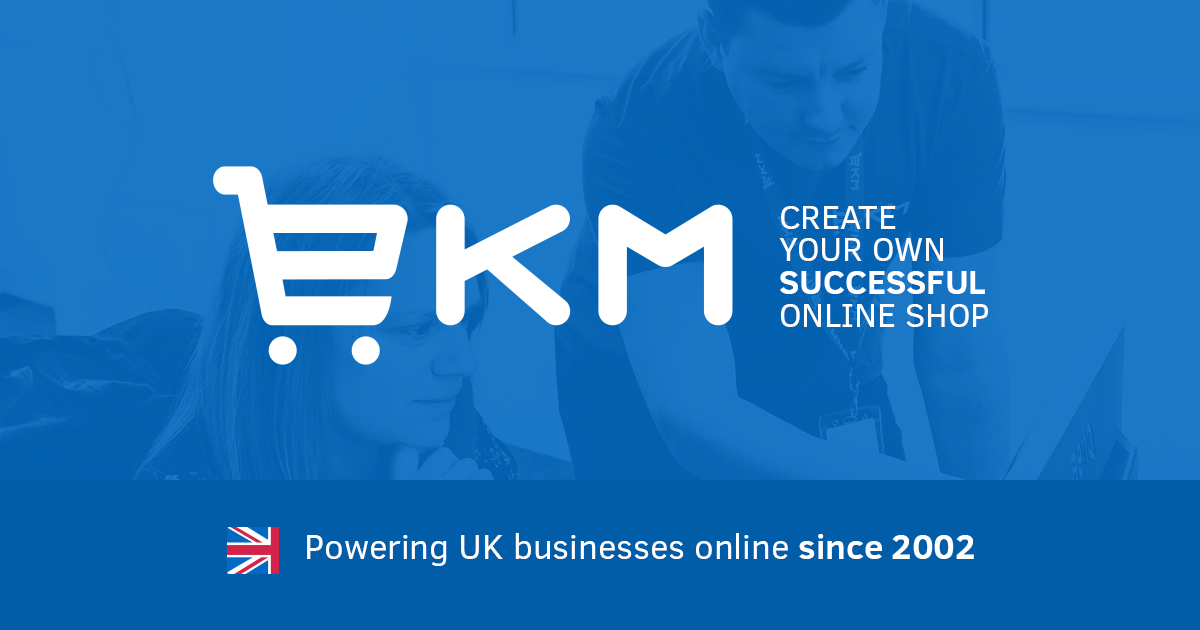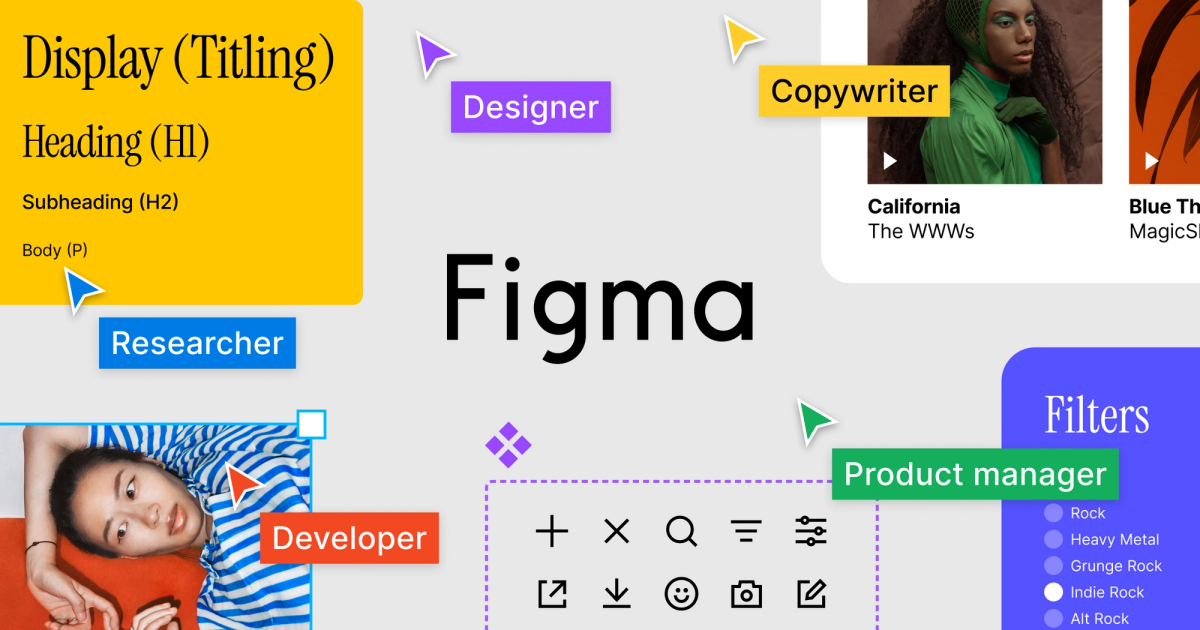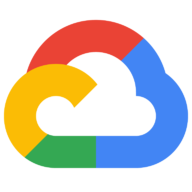Technically Speaking Meetup 6: 1st Birthday!
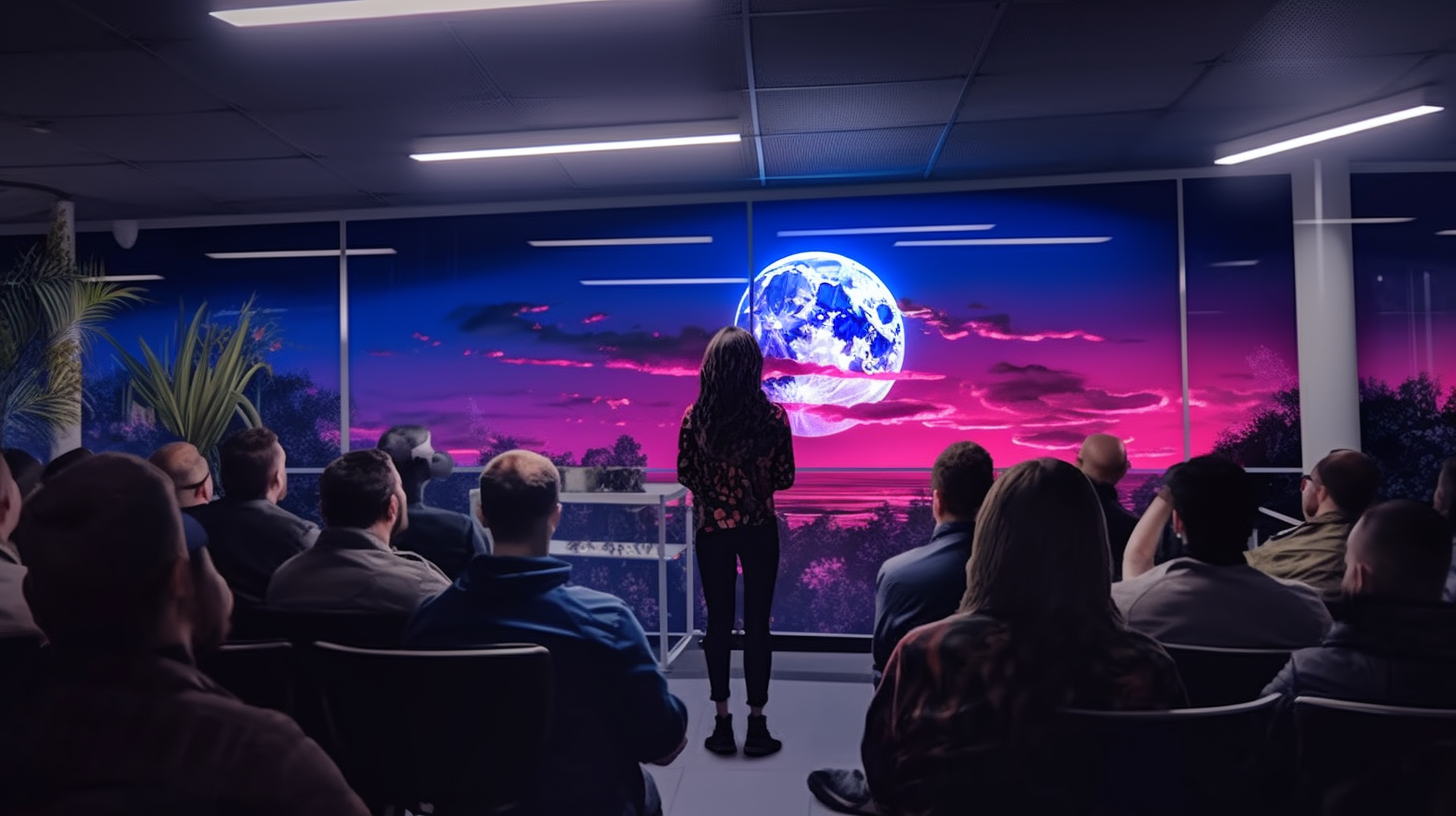
Last Thursday, I had the pleasure of attending the Technically Speaking meetup organized by a group of passionate tech enthusiasts. The Technically Speaking group is a vibrant community dedicated to fostering knowledge sharing and collaboration among professionals in the field. Their goal is to create a platform where individuals can come together to discuss the latest technological advancements, explore industry trends, and exchange valuable insights.
The group, which can be found on Meetup, boasts a diverse membership base comprising professionals from various backgrounds, ranging from seasoned industry experts to enthusiastic newcomers. This diverse mix of perspectives creates a fertile ground for engaging discussions and the opportunity to broaden one's understanding of the ever-evolving tech landscape.
The event was hosted in Manchester at the BrainLabs office and was run by the amazing Leif Kavan Radford. The event promised an exciting lineup of speakers, each with their own expertise and insights to share. Additionally, I had the pleasure of reconnecting with some former colleagues from EKM, now part of the ClearCourse group, adding a touch of familiarity and nostalgia to the evening.
A New Era of Data Analytics

Abbie Senior, an Analytics Partner at Open Partners, took the stage and delivered an insightful talk on how Google Analytics 4 (GA4) is giving power back to data analysts. She emphasized the impact of GA4 on data accessibility within organizations, particularly for C-level executives who relied on easily accessible metrics in previous versions of Google Analytics.
Abbie highlighted that, unlike earlier versions, GA4 requires creating custom views to retrieve specific metrics that executives care about. This change has presented challenges in quickly accessing relevant data. GA4 is designed to provide a more holistic view of customer interactions across various platforms and devices, enabling analysts to gain deeper insights into user behaviour and engagement.
GA4 offers enhanced features such as event-driven data collection, machine learning-powered insights, and a more flexible data model. This allows analysts to explore and uncover meaningful patterns and trends, enabling data-driven decision-making within organizations.
During her presentation, Abbie also addressed a question raised by the audience about the differences between Universal Analytics (UA) and GA4. While she didn't explicitly mention the differences, let's take a closer look at the topic.

GA4 represents a significant evolution from UA. Some key differences include:
- Data Model: GA4 introduces an updated data model that focuses on events and parameters rather than pageviews and sessions. This event-driven approach allows for more flexibility in tracking and analyzing user interactions across different platforms and touchpoints.
- Machine Learning Insights: GA4 incorporates machine learning to provide valuable insights automatically. It leverages AI algorithms to identify trends, predict user behaviour, and deliver actionable recommendations without requiring extensive manual analysis.
- Enhanced Cross-Platform Tracking: GA4 offers improved cross-platform tracking, allowing organizations to understand and analyze user interactions across websites, mobile apps, and other digital platforms.
- App and Web Integration: Unlike UA, GA4 provides a more unified measurement framework that seamlessly integrates tracking for both web and app properties. This integration enables a more comprehensive understanding of user behaviour across different channels.
By leveraging the capabilities of GA4, organizations can gain a deeper understanding of their users, track their customer journeys more effectively, and make data-driven decisions to optimize their digital experiences.
To address the challenge of data retention and compliance with GDPR regulations, Abbie introduced Google BigQuery, a powerful data warehouse solution. With Google BigQuery, organizations can store and analyze vast amounts of data over extended periods. This becomes particularly crucial as GA4 has limitations on data retention.
Abbie further explained that data stored in GA4 is held in the US, which may not be GDPR compliant. However, by leveraging Google BigQuery, organizations can choose where the data is stored, enabling compliance with GDPR regulations. Google BigQuery allows organizations to become Data Controllers and Data Processors from a GDPR perspective, giving them more control over data residency and compliance.
Abbie's presentation provided valuable insights into the evolving analytics landscape, showcasing the power of GA4 in empowering data analysts and the significance of leveraging Google BigQuery for extended data retention and GDPR compliance.
Tips and Tricks for Mental Health Well-being

Siân Quipp, coach and founder of My Wellness Hub, delivered an engaging talk on the importance of taking care of our mental health. She shared valuable tips and tricks to maintain a healthy state of mind and emphasized the significance of finding a balance between different wellness zones.
During her presentation, Siân outlined the concept of different wellness zones, expressing that our well-being can be categorized into distinct states. She emphasized the need to navigate between the red and green zones, as staying in the red zone for extended periods can be detrimental to our mental health. Siân stressed the importance of recognizing when we need to switch off and take a break.
The audience actively participated in the tips and tricks that Siân shared. One technique she mentioned was the double intake, a breathing exercise that helps regulate and calm the mind. Movement was also encouraged, with a "shake it off" style activity to release tension and promote a sense of relaxation. Additionally, Siân introduced the concept of "VOOOOing," which involves humming and experiencing the calming vibrations it creates in the brain.

Personally engaging in these exercises, I felt a noticeable sense of calm and tranquillity, confirming the effectiveness of these techniques. In addition to the exercises shared during the session, I have my own set of go-to practices to manage my mental well-being. For instance, when engaging in technical conversations or facing challenging scenarios, I find it helpful to close my eyes to eliminate distractions and unnecessary stress. Taking long, deep breaths also assists me in regaining composure when confronted with discomfort.
The overall session proved to be highly useful, with participants willingly and enthusiastically joining in the activities. This experience further solidified the friendly and inclusive nature of the meetup, where individuals feel comfortable and supported, even when stepping out of their comfort zones. If your organization is seeking guidance on improving or maintaining the mental health of employees, I highly recommend exploring My Wellness Hub, a resource that offers valuable support and expertise in this area.

Attending Siân Quipp's talk provided a valuable reminder of the importance of prioritizing mental health and equipped participants with practical strategies to navigate different wellness zones effectively.
UX and Engineering can be best friends: Why these relationships are key to developing successful solutions

Next, we had Michael Brownlee, Head of UX at ClearCourse Retail, addressing the issue of silos that often hinder effective collaboration between development teams and UX professionals. He highlighted how these organizational constraints can lead to frustrations within teams and hinder the development of successful solutions.
To illustrate the challenges of siloed teams, Michael shared a bad story where the UX team would independently gather client requirements and develop solutions without taking technical constraints into account. Once the designs were handed over to the development team, issues would arise, as the technical team found that the UX team had overlooked certain constraints or attempted to solve problems that were not considered problematic from a technical perspective. As a result, the final product was abandoned after an initial round of user acceptance testing (UAT).

In contrast, Michael also presented a good story where the team worked collaboratively, breaking down the barriers between UX and development. By involving all team members in problem-solving sessions, they were able to align UX and development constraints effectively. Communication played a pivotal role, allowing them to identify areas where problems could be deferred or abandoned altogether. The team also ensured that each member had a level of awareness and training on the tools used by different departments, such as Figma for translating designs into functional products. This cohesive approach resulted in a successful project and the successful delivery of the final product, emphasizing the importance of strong relationships and effective communication between teams.

Another aspect Michael highlighted was the value of providing opportunities for everyone to voice their ideas and concerns, regardless of their seniority within the organization. By creating an inclusive environment where diverse ranges of experience are encouraged to contribute, teams can unlock ideas that may have otherwise been overlooked.
To facilitate effective communication and collaboration, Michael shared some practices he employs. One such practice is "Crazy 8s", which involves generating ideas by drawing them on Post-it notes. This technique encourages rapid ideation and creative thinking. Additionally, he mentioned "Workshop Tactics" as a way to facilitate the design process, although specific details about these tactics were not provided.
By breaking down silos, fostering strong relationships, and implementing effective communication practices, organizations can bridge the gap between UX and engineering teams, resulting in more successful and collaborative solutions.
Conclusion

The Technically Speaking group, with its commitment to fostering knowledge sharing and collaboration, provided a nurturing environment for professionals in the field. The lineup of speakers, including Abbie, Sian, and Michael, each brought their unique perspectives and expertise to the stage, leaving the audience inspired and eager to continue learning. Moreover, reconnecting with former colleagues from EKM, added a personal touch to the evening. I left the meetup feeling grateful for the opportunity to connect with like-minded individuals, broaden my understanding of the tech industry, and excited to implement the newfound knowledge and ideas shared at the event.
Useful links
